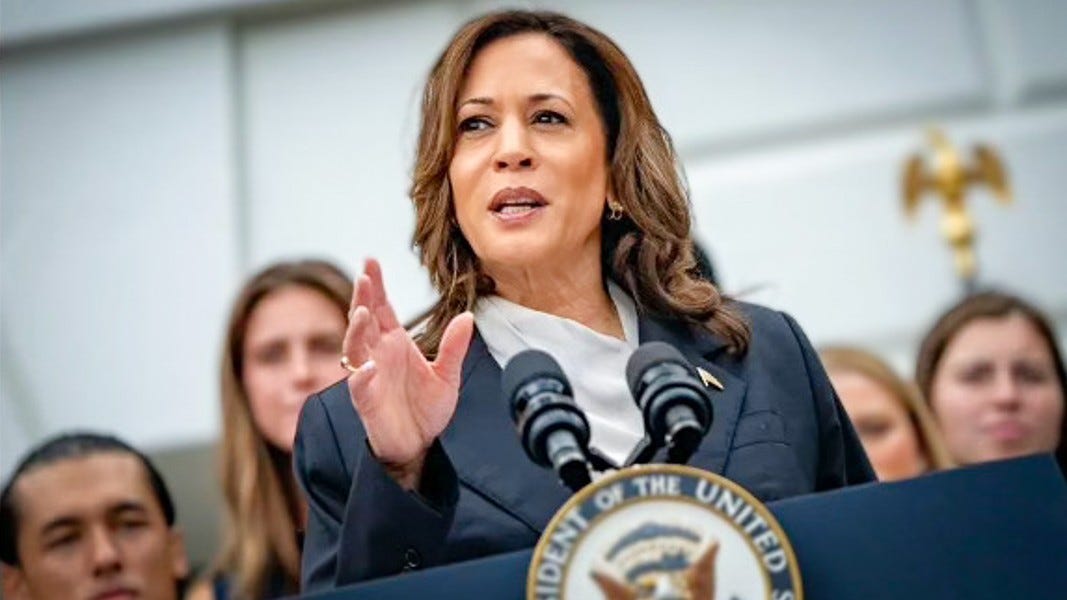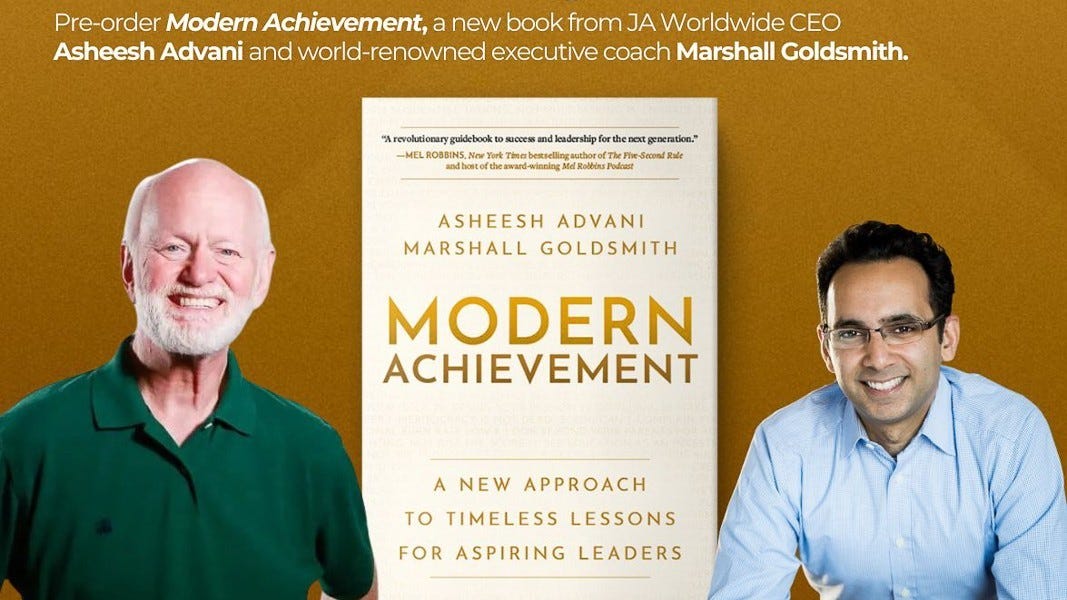Week 24.31 The Art of Stepping Aside
The art of stepping aside has been in the spotlight recently due to a high-profile leadership transition in American politics capturing national attention. This unexpected shift has not only energized a major political campaign but has injected new vitality into the national discourse. The decision to pass the torch to a new generation of leadership has sparked conversations about timing, legacy, and the nature of power itself. In politics, business, or any other sphere, such high-profile transitions are stark reminders of a leader's crucial ability to relinquish power. They highlight that recognizing when to step aside is a key aspect of leadership, requiring courage, compassion, and the ability to subdue one's ego.
Great leaders possess the self-awareness to recognize when their time at the helm draws close. This acknowledgment of limitations is a crucial yet often overlooked aspect of leadership. Many struggle to recognize when their effectiveness has waned, clinging to power long past their prime. This can lead to stagnation, missed opportunities, and even damage to the organization's long-term prospects. True visionaries, however, model the importance of putting the organization's needs above personal desires. They understand that their legacy isn't just about personal achievements and ensuring their organization's continued success and growth beyond their tenure. A new generation of leadership cannot rise to authority without the current authority stepping away, and it’s better to step down too early rather than too late.
Effective succession planning is a cornerstone of enduring leadership. Too many leaders admire the gains made during their tenure without preparing the organization to sustain the progress after their departure. Succession planning involves identifying potential successors early, providing them with opportunities to grow, and gradually increasing their responsibilities. This process of mentorship and gradual transition is a masterclass in preparing the next generation of leaders. It's not a matter of simply choosing a replacement but of cultivating a pipeline of talent that can sustain the organization for years to come. By investing time and energy in developing their successors, great leaders inspire and motivate, ensuring their organizations are left in capable hands, ready to face future challenges and opportunities, and continue to build upon each previous leader’s progress. A leader’s legacy includes what and how they leave an organization behind them.
A critical aspect of a successful leadership transition is the public endorsement of the successor. Outgoing leaders accomplish several crucial objectives by openly affirming the new leader's capabilities and authority. They boost the successor's confidence, reassure stakeholders of leadership continuity, and legitimize the new leader's authority in the eyes of the organization. This public handover is a powerful example of how to transfer leadership gracefully and effectively, minimizing potential resistance and ensuring continuity of vision. It demonstrates a commitment to the organization's future success over personal ego and allows them to leave with grace.
In life and leadership, the lessons from these transitions resonate deeply. Effective leadership isn't solely about our accomplishments during our tenure but also about how we prepare for the future beyond our time. It requires honest self-reflection about our capabilities and limitations, the ability to identify and nurture potential leaders, and the grace to step aside when the time comes. For those we lead and love, our greatest legacy may not be what we achieve ourselves but how we empower and prepare others to carry the torch forward. By embracing these timeless principles of succession planning and mentorship, we can create a lasting impact that extends far beyond our leadership, fostering progress for future generations.
With love, gratitude and wonder.
Scott
The $10B Confidence Premium by Claudius Alexander Hildebrand
This article challenges the conventional wisdom of rapid success for new CEOs, highlighting the hidden costs of rushing to prove oneself in the initial 90 days. The authors argue that building genuine confidence among stakeholders is a marathon, not a sprint, typically taking up to two years. Through a study combining quantitative analysis of 1,400 S&P 500 CEOs and qualitative interviews, they demonstrate how methodical confidence-building in the early years can significantly increase enterprise value, potentially adding billions to a company's worth.
The article outlines six key practices for new CEOs to build lasting confidence and success. These include setting a deliberate pace, choosing strategic battles, aligning the leadership team, engaging stakeholders effectively, communicating clearly and consistently, and investing in personal growth. By following these practices, CEOs can establish a strong foundation for long-term value creation and strategic success, moving beyond the pressures of short-term expectations to create lasting impact and stakeholder trust.
Harris Campaign Taps Into Cultural Branding To Ignite Voters by Dr. Marcus Collins
The article discusses President Joe Biden's sudden withdrawal from his reelection campaign and the subsequent announcement of Vice President Kamala Harris's bid for the presidency. Harris's campaign has seen unprecedented success, raising record-breaking funds, inspiring supporter-organized events, and securing numerous endorsements. The author attributes this success to Harris's use of "cultural branding," a marketing strategy that focuses on connecting with consumers through shared ideologies rather than traditional product-focused approaches.
The article compares Harris's campaign to those of Barack Obama in 2007 and Donald Trump in 2016, which also employed cultural branding techniques. Harris's campaign centers on the concept of freedom, positioning her as a symbol of democratized liberty in contrast to the perceived threats to various freedoms under the current political climate. This approach has resonated with diverse groups of Americans, leading to widespread support and narrowing the gap between Harris and Trump in the polls. The author concludes that voters will ultimately choose a candidate based on ideological alignment rather than traditional political qualifications.
The article announces the upcoming release of "Modern Achievement," a book co-authored by the speaker, Marshall Goldsmith, and illustrated by Ayse (Eye-Shay) Birsel. Set to launch on August 13 in the US, with international releases to follow, the book aims to provide future leaders with tools to redefine achievement as an iterative process rather than a fixed goal. The authors are donating all proceeds to Junior Achievement, making it a philanthropic endeavor.
The book has received praise from notable figures, including Jim Yong Kim, former World Bank president, who called it a "must-read" and a future "modern classic." Bestselling author Daniel Pink also commended the work as "a profoundly useful framework for thriving in turbulent times." Asheesh hope that the book will help reshape traditional concepts of success, particularly for achievement-oriented young people worldwide, and promises to share more information on social media as the launch date approaches.
Pre-order your copy today: https://bit.ly/3weZCXs.













